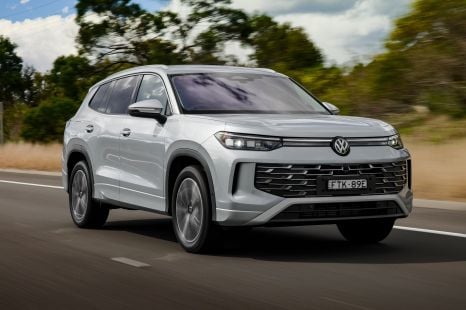

Damion Smy
Diesel power not ruled out for Volkswagen's new Kia Sorento fighter
1 Day Ago

News Editor
Nissan will tackle the Toyota RAV4 hybrid head-on early in 2023 with a new electrified X-Trail, but it’ll be missing out on one bragging right.
Nissan’s new dual-motor all-wheel drive powertrain – called e-Power with e-4ORCE – will be available locally only in five-seat X-Trail models.
That’s despite a seven-seat option set to be offered in other markets, giving the Nissan an edge in versatility over its popular Toyota rival.
The e-Power with e-4ORCE X-Trail models will begin local deliveries in early 2023, following shortly after the combustion-powered range in the fourth quarter of this year.
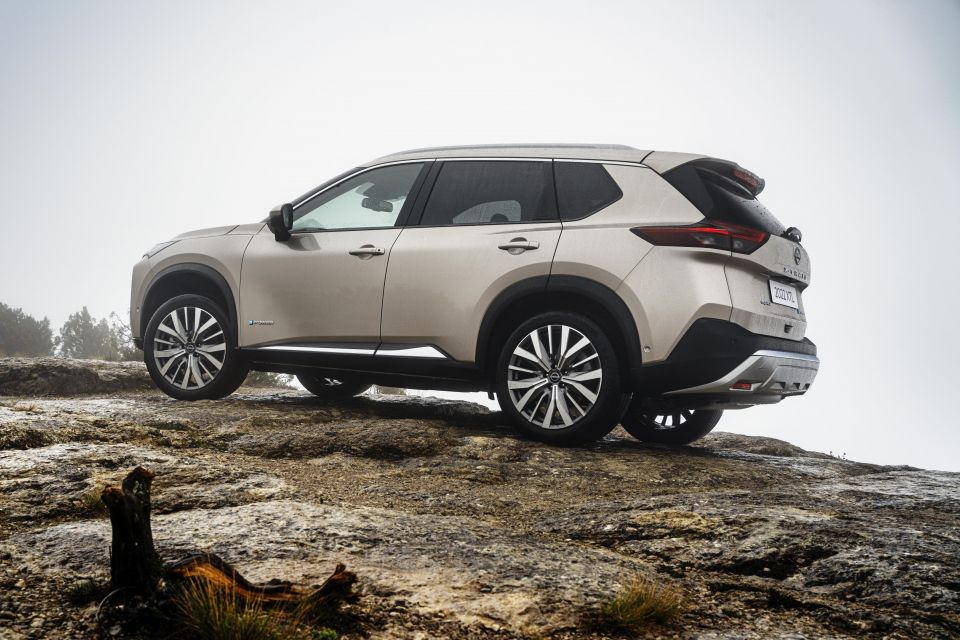
The electrified X-Trail models will be available to pre-order from September, with pricing to be released in the coming months. The company says it shouldn’t have any issues getting supply of these models, highlighting the importance of the Australian market.
The powertrain option is also being restricted to up-spec Ti and Ti-L grades and Nissan Australia isn’t bringing in front-wheel drive e-Power models.
That’s in contrast with Toyota, which makes a hybrid powertrain available across the entire RAV4 range and offers it with both front- and all-wheel drive.

“It is about introducing the product into the higher end. We do see this as a premium thing,” said Nissan Australia product manager Tim Davis.
“Obviously, the Australian market is moving more to electrification and we’ll look at how we proliferate that across the models as we move forward.”
As for the lack of a seven-seat option, Nissan Australia says it’s aligning the e-Power models with the core petrol range, which also does without a third row in up-spec Ti and Ti-L guise.
The company notes it sells the Pathfinder here, which isn’t available in markets like Europe and Japan.
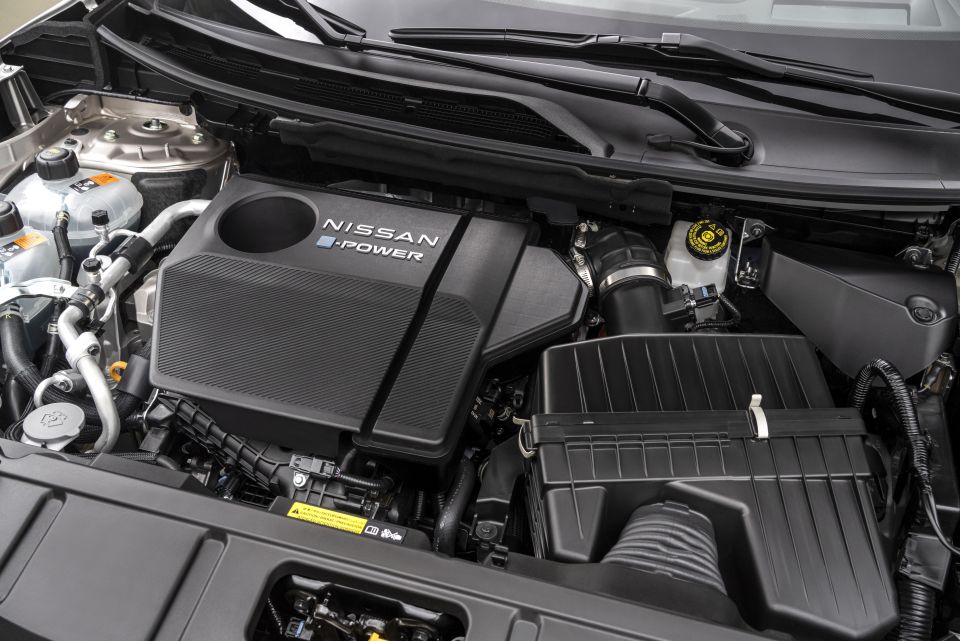
Nissan’s e-Power with e-4ORCE powertrain is quite a bit different from Toyota’s Hybrid Synergy Drive.
The e-Power system comprises a high-output battery, a variable-compression ratio petrol engine, a power generator, inverter and a front electric motor.
The combustion engine acts as a generator, powering the electric motors and therefore not sending power directly to the wheels.
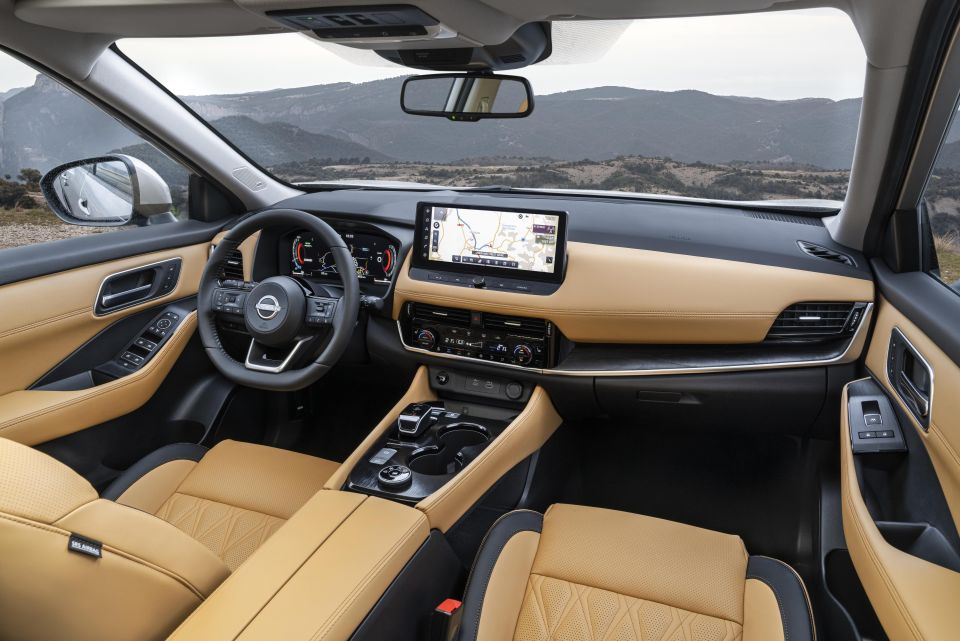
Dual-motor all-wheel drive X-Trail e-Power models with two motors – 150kW/330Nm up front, 100kW/195Nm at the rear – therefore offer an Ariya-style electric AWD system.
Total system output for e-Power with e-4ORCE models is 157kW, with a claimed 0-100km/h time of 7.0 seconds – a second quicker than front-wheel drive e-Power models.
There’s no combined torque figure as peak torque won’t be reached at the same point across both motors.
The dual-motor all-wheel drive system is theoretically capable of variably delivering power to the rear axle more rapidly than an engine-based mechanical AWD system.
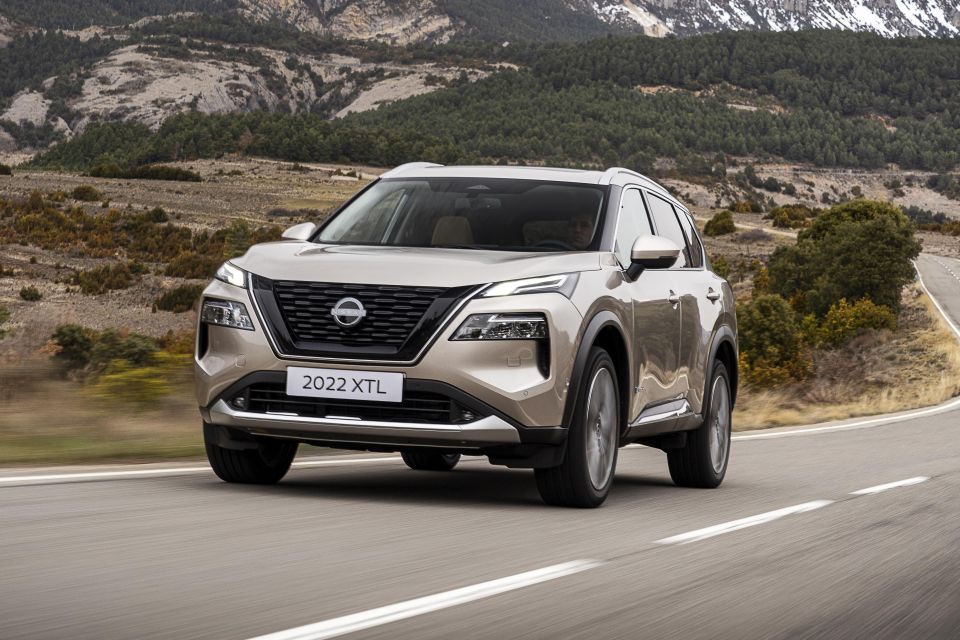
Indeed, Nissan claims it’s 10,000 times faster at sending torque, while the company says its system also features constant torque redistribution, near-perfect weight balance, and independent brake control at each wheel.
Claimed fuel economy is 6.1 litres per 100km. That makes it thirstier than an all-wheel drive RAV4 hybrid, which uses 4.8 litres per 100km.
Nissan says it has prioritised ride comfort, with vehicle pitch and dive minimised through the use of both front and rear-motor regenerative braking.
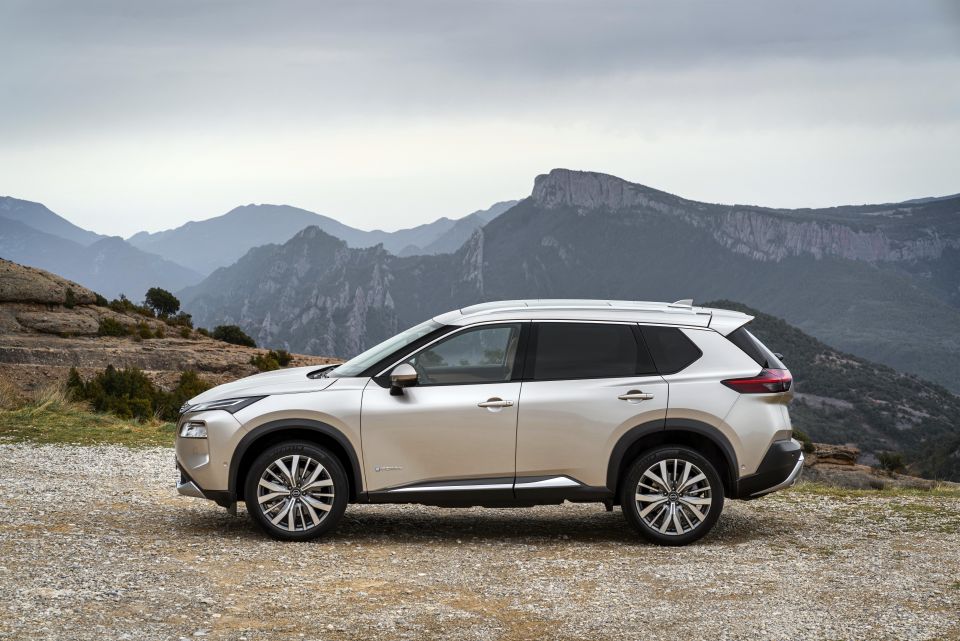
Electrified X-Trail models also have the Leaf EV’s e-Pedal Step function, which slows the car using regenerative braking.
It can brake the X-Trail at 0.2g, enough to illuminate the brake lights albeit not enough to bring the car to a complete stop.
With no prop shaft intruding into the cabin, Nissan also says it has optimised interior space.
Nissan quotes a total luggage space of 585L in the X-Trail with the third row folded. Both two- and three-row X-Trail models feature a luggage board system – carpeted on one side, plastic on the other – to adjust the level of the luggage area.
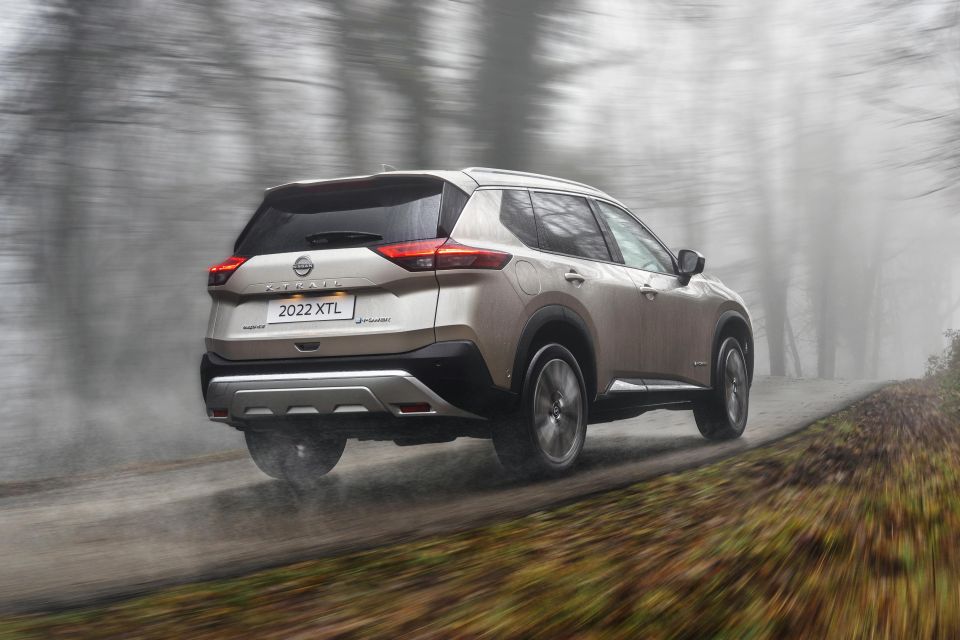
While a variable-compression turbocharged 1.5-litre three-cylinder engine is available in the X-Trail in various other markets, producing 120kW and 300Nm (150kW in the North American Rogue), conventional combustion-powered X-Trails in Australia use a naturally-aspirated engine.
The 2.5-litre four-cylinder produces 135kW and 244Nm and lacks the 12V mild-hybrid system of the three-pot.
The X-Trail is the latest model to get the e-Power system, which debuted on the Japanese-market Note in 2017 and was introduced on the European-market Qashqai earlier this year.
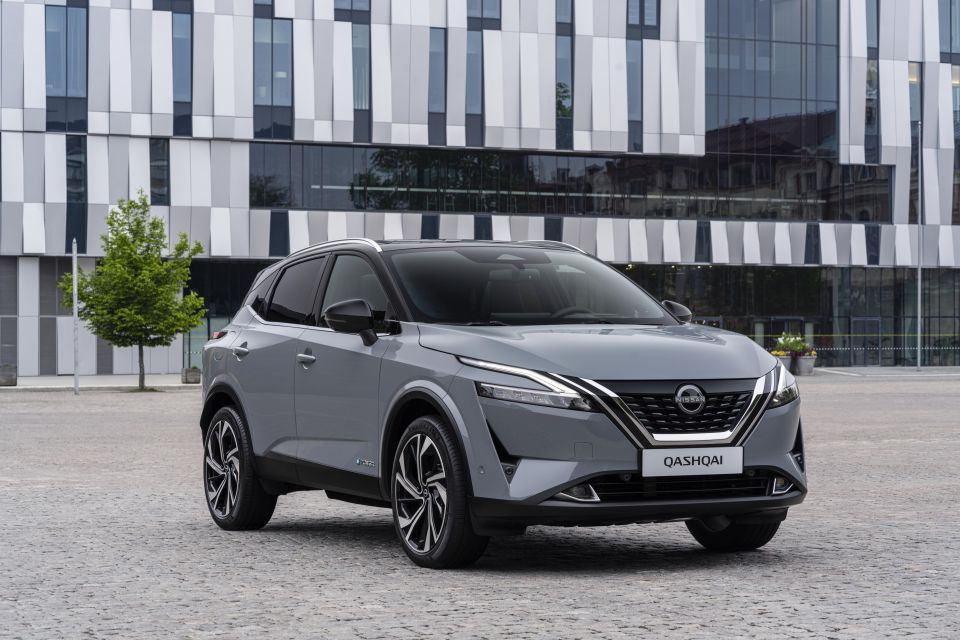
The latter will be introduced to Australia later this year or early in 2023, should there be any delays.
Power in the Qashqai e-Power comes from a front-mounted electric motor developing a healthy 140kW and 330Nm, fed by a 2.3kWh lithium-ion battery pack.
A 116kW 1.5-litre turbo three-pot generates power for the electric motor.
Where expert car reviews meet expert car buying – CarExpert gives you trusted advice, personalised service and real savings on your next new car.
William Stopford is an automotive journalist with a passion for mainstream cars, automotive history and overseas auto markets.


Damion Smy
1 Day Ago
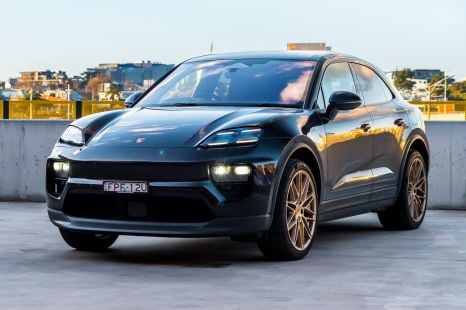

James Wong
2 Days Ago
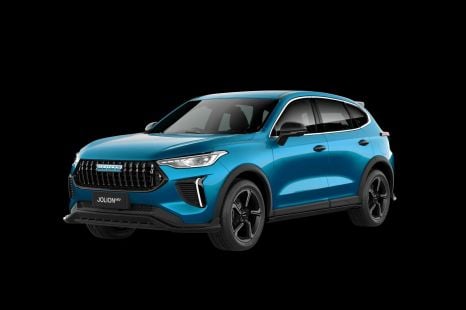

William Stopford
2 Days Ago
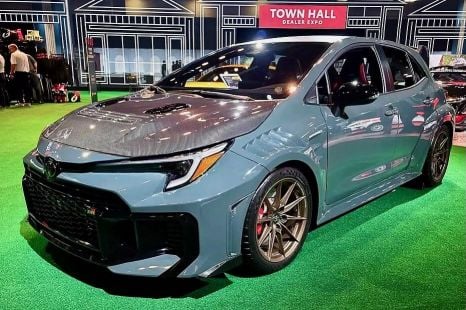

Ben Zachariah
2 Days Ago
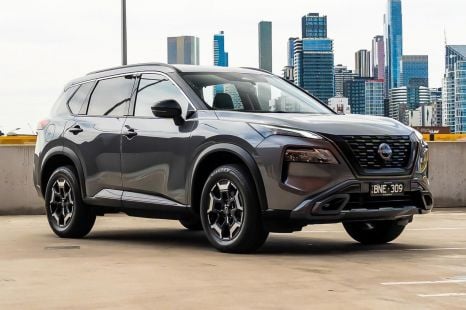

William Stopford
3 Days Ago
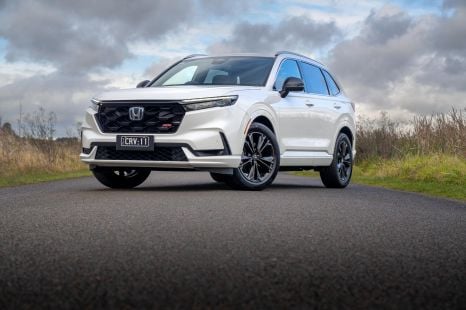

Andrew Maclean
4 Days Ago